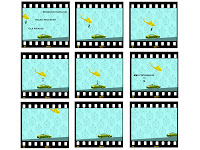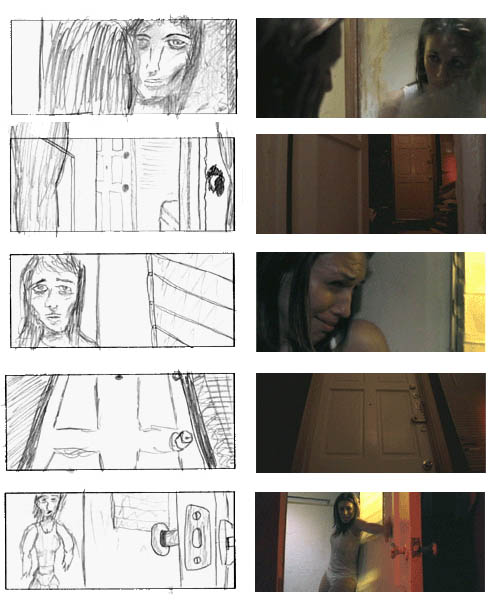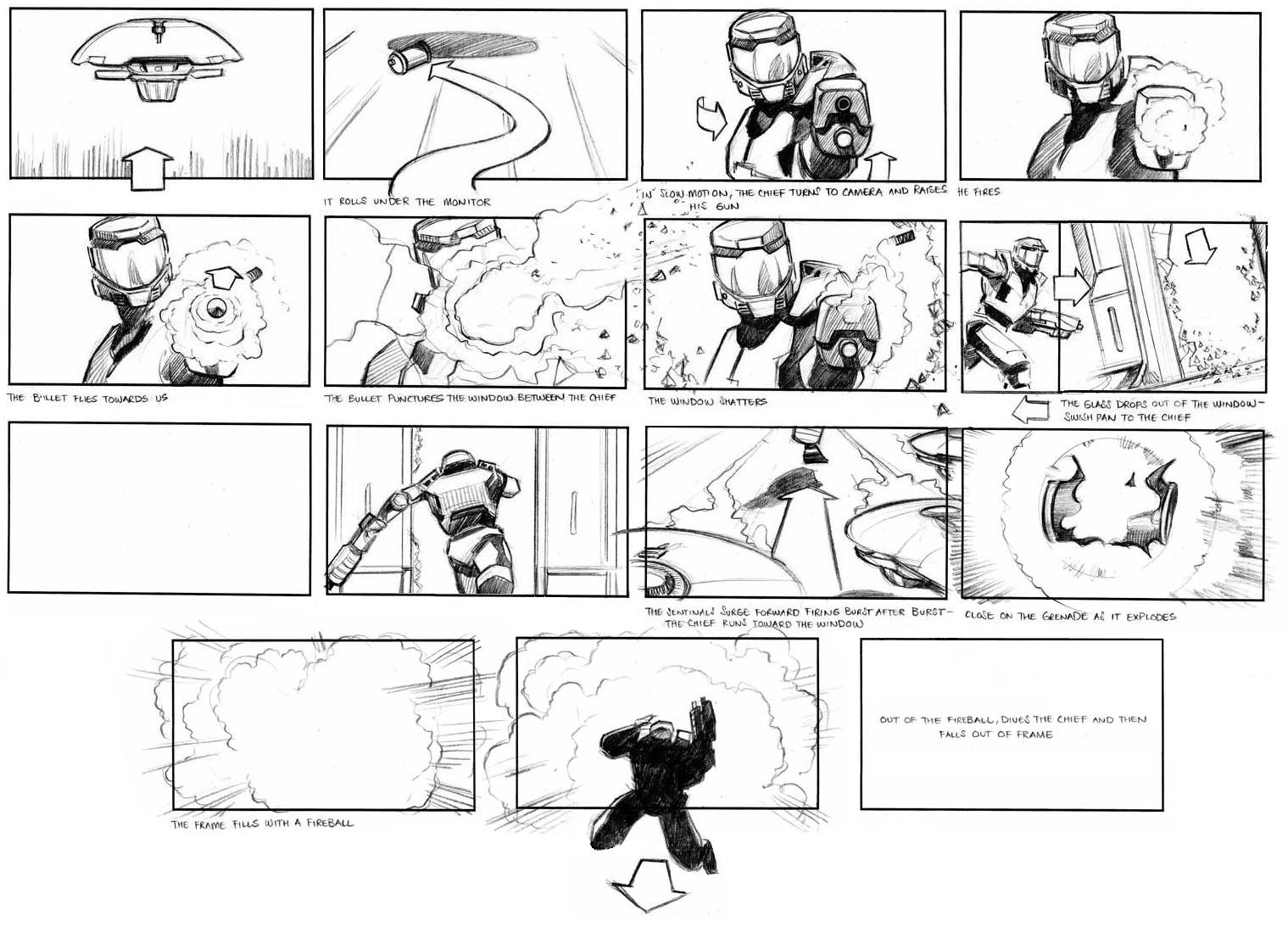I have tried my very best to produce work that client will feel relevant to the Bond phenomenon.
I started by planning my narrative story, and on what style I would use for my opening title sequence, in this case I decided to go for a silhouette style, similar to the mad men opening.
Due to choosing this style I learnt how to create silhouettes by using vector images.
Due to choosing this style I learnt how to create silhouettes by using vector images.
I had difficulties with keep track of time during this project, the majority of my time was taken up by the actual creation of my A1 storyboard. I also had trouble with getting the photos that I would have liked, this was because I was the Bond model for the photos and I had to use photos that my other class mates had taken.
I would have liked to work more directly with the client. Doing this would help because then the client would have been able to have given me a better idea of what they wanted to appear in the title sequence, they would have also been able to ask me to change my design if they didn’t agree with something that I put in.
The shape and form created by my piece was inspired by Daniel Kleinman’s Casino Royale opening and the title sequence for Mad Men. I also like the Casino Royale title sequence’s way of continuing the story of the film during it’s running time.
Unfortunately due to my earlier stated problem with the availability of photos it meant that I couldn’t follow my Narrative Story completely, so I decided to stick with the chasing of the villain but leave out the changing of vehicles and I also didn’t have a fight scene, also the gender of the villain was changed due to the limitations of the photo’s available.
I really did enjoy this project as it was working on a film series that I have enjoyed since I was a child and it allowed me to let my imagination run wild, however I felt that I still need to improve on my time management as I spent to much time working on one area when I should have been working on something that took time and was more important.

















